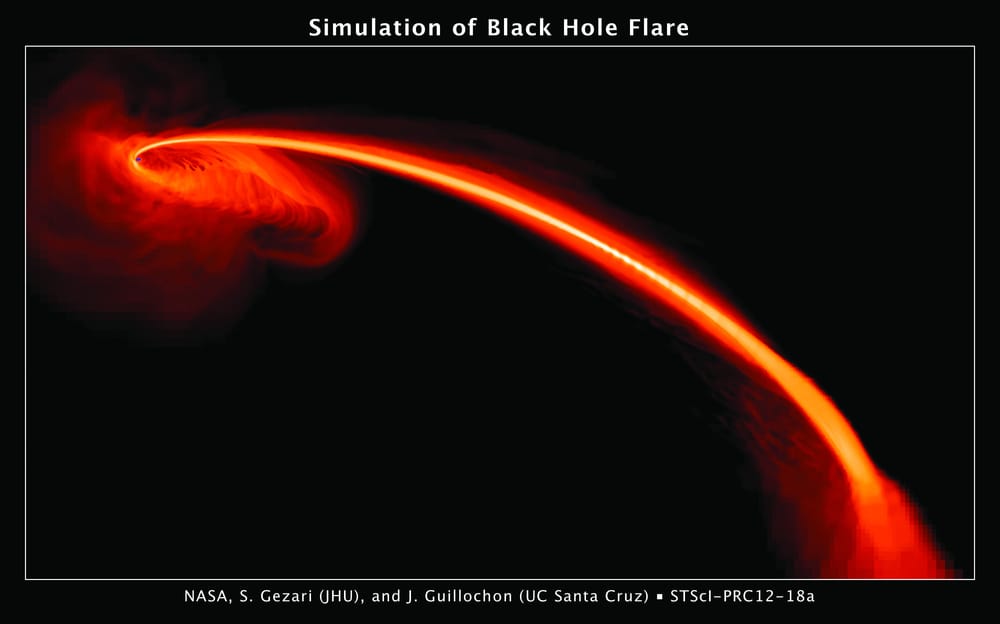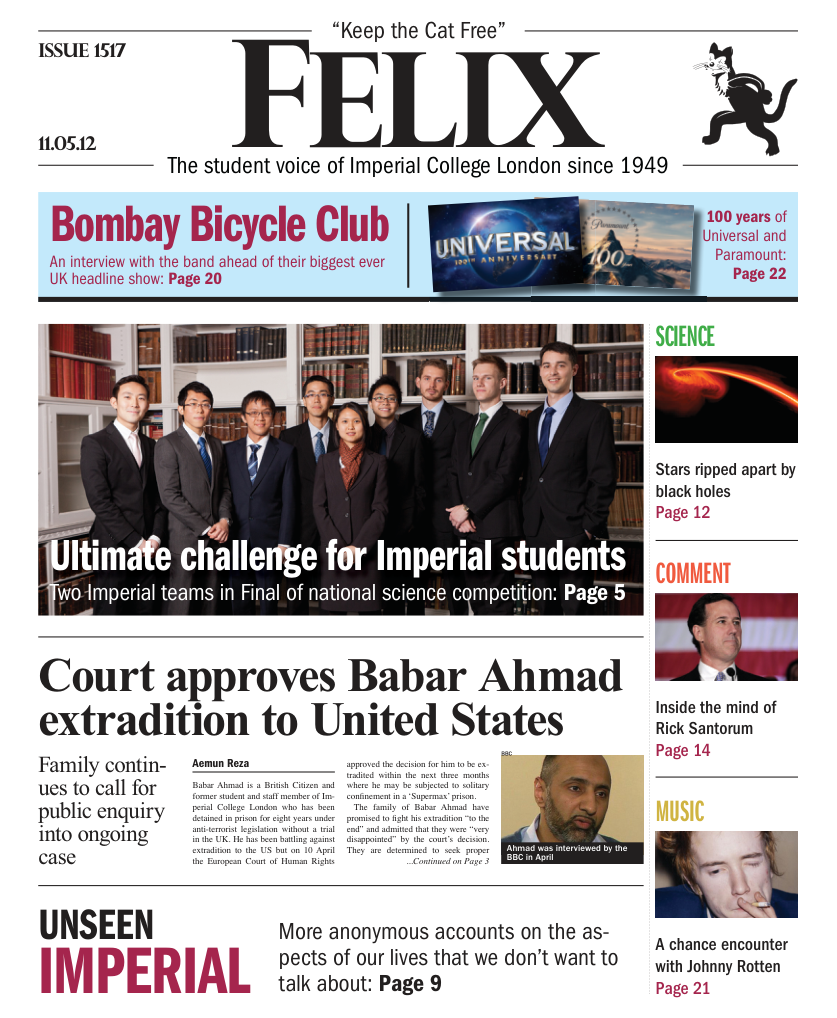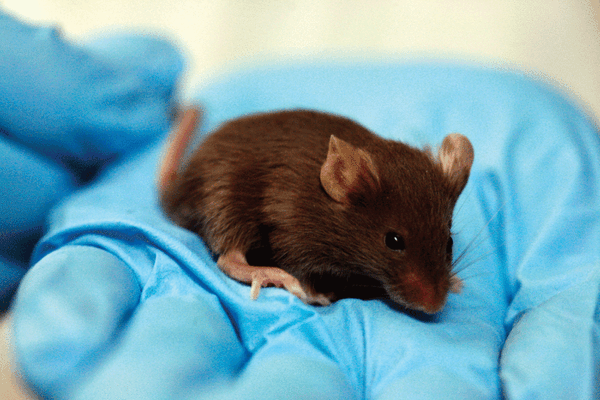Black hole shreds star
Scientists have observed radiation stemming from the consumption of a star by a black hole

Stars approaching a supermassive black hole are ripped apart by its huge tidal force. The black hole gobbles part of star and spits out some material in form of radiation. This fantastic phenomenon has been observed by a team of astrophysicists from US and UK through observations obtained from the telescope in Mount Haleakala, Hawaii, and the Chandra X-Ray Space Observatory.
From a survey of thousands of galaxies, the scientists found that both the telescope and the Galaxy Evolution Explorer satellite had detected a luminous flare from the centre of a galaxy located at a distance of approximately 2 billion light-years from the Earth. The flare, dubbed PS1-10jh, is extremely intense and reveals an uncommon shape of the light-curve. The long duration of the phenomenon (a few months) was not typical of gamma ray bursts that fade away within a day and come from the explosion of massive stars or collisions between giant stars.
Stars-shredding events are rare and occur roughly every 10,000 years in a galaxy. One can be detected from Earth once every two years. In June 2011 astronomers from the University of Berkely, California, had observed a similar phenomenon coming from a galaxy as far as four millions light-years from Earth. However, the present study published in Nature, is the first to give accurate predictions. Analysing the intensity of the radiation of the light flare and the shape of the curves and fitting the data to numerical simulations the scientists calculated a mass of the black hole as big as about that of 3 million suns and reconstructed the orbit of the star finding it to be tight to the black hole. They also estimated the event occurred for about 76 days.
The most intriguing aspect of the discovery is the prediction of the structure of the star. Analysis of the spectra of the radiation revealed that the disrupted star was a red giant with a helium-rich core whose hydrogen shell was previously stripped off. Gezari, the leader author of the study from Johns Hopkins University, Maryland, says that this “is a consequence of being in the environment of the black hole.” Some questions such as the low temperature of the radiation and the lack of effects from general relativity in the model remain open, but the possibility of characterising the light from black holes can give precious information about their gravitational field.








